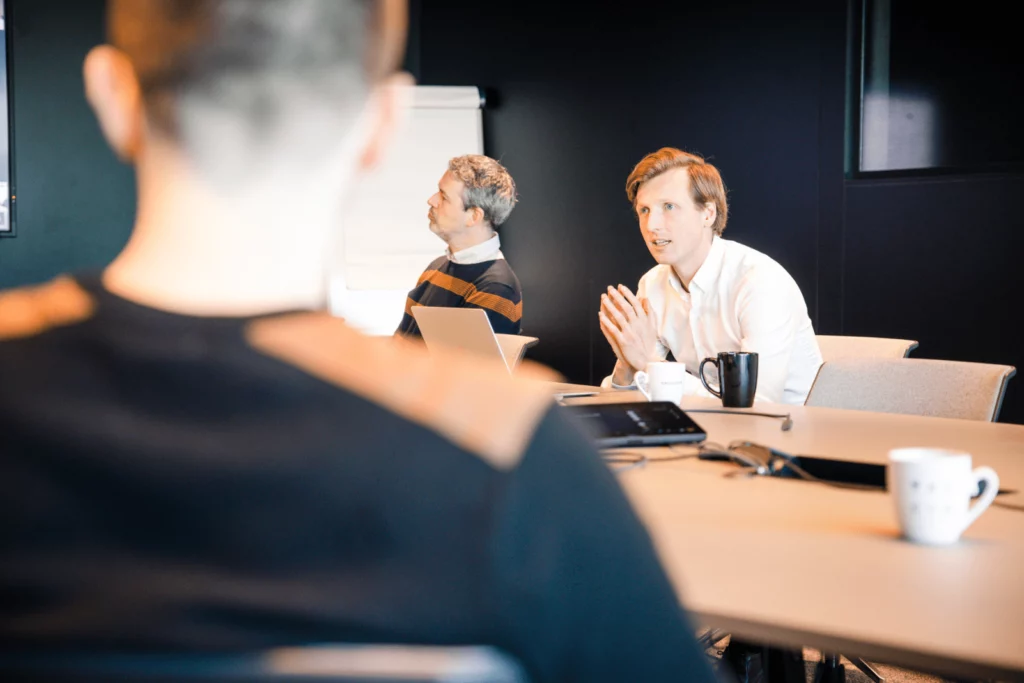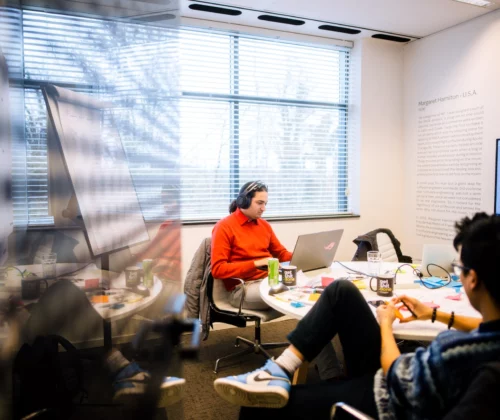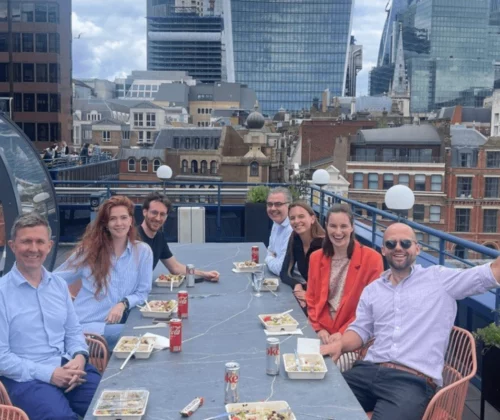
2021 won’t go down in history as the happiest year of my life. However, I did have a very interesting challenge in the field of work. Because along with a few colleagues, I oversaw the integration of two insurance companies.
The reason for the project was an acquisition in the insurance sector, which combined an organisation of 70 employees with one of 300 employees. Naturally, this merger had significant organisational implications that we had to manage. Our task was to shape the integration and build a future-proof organisation by combining the best parts of both organisations. In short, to make one organisation out of two worlds.
I was responsible for setting up the organisation of a department with a total of 40 employees. Structuring the department, designing the processes, and training employees were my main responsibilities.
This project made it clear that practice is the best teacher. Shaping an integration is already a big challenge, let alone in the midst of the COVID-19 pandemic. It was a real adventure full of surprises, which I am happy to share more about…
The honeymoon phase
I started the project with enthusiasm. In the early stages, things looked optimistic. Employees were helpful, had ideas, were willing to share them, and were open to change.
To understand the environment and get everyone on board, we started by mapping the current situation. It became apparent that both organisations had a lot in common: people with a passion for the business and a desire to help customers as much as possible. However, the vision and approach to achieve this differed significantly.
In the first phase of the project, this was not (yet) a problem. We focused on collecting information and working on mutual understanding. So far, the easy part. The time had come to determine a joint direction.
Making one out of two worlds
In essence, both organisations performed the same processes. Therefore, I was surprised that the differences between the two organisations were so significant. Employees had conflicting opinions on practically every detail. Uniting the two worlds proved to be quite a task.
During the training sessions, it was frequently mentioned that changes come with the “grief curve”. First denial, then sadness, and finally acceptance after a long time. I was always sceptical about this, but experience has taught me that this is indeed the case.
While some subjects on the joint direction were relatively easy to agree on, for the most part, the parties were miles apart. Employees were very steadfast and had a “my way or the highway” attitude. When asked about the ideal future image, they responded with “the way things are now”. Emotions often ran high during the workshops, and it became clear that only a few employees actually felt good about the changes.
To say the least, it was challenging to facilitate these workshops. I often thought it was impossible to define a shared vision. In hindsight, it was necessary for the bomb to explode a few times so that everything was out in the open, people could understand each other’s viewpoints, and we could start fresh.
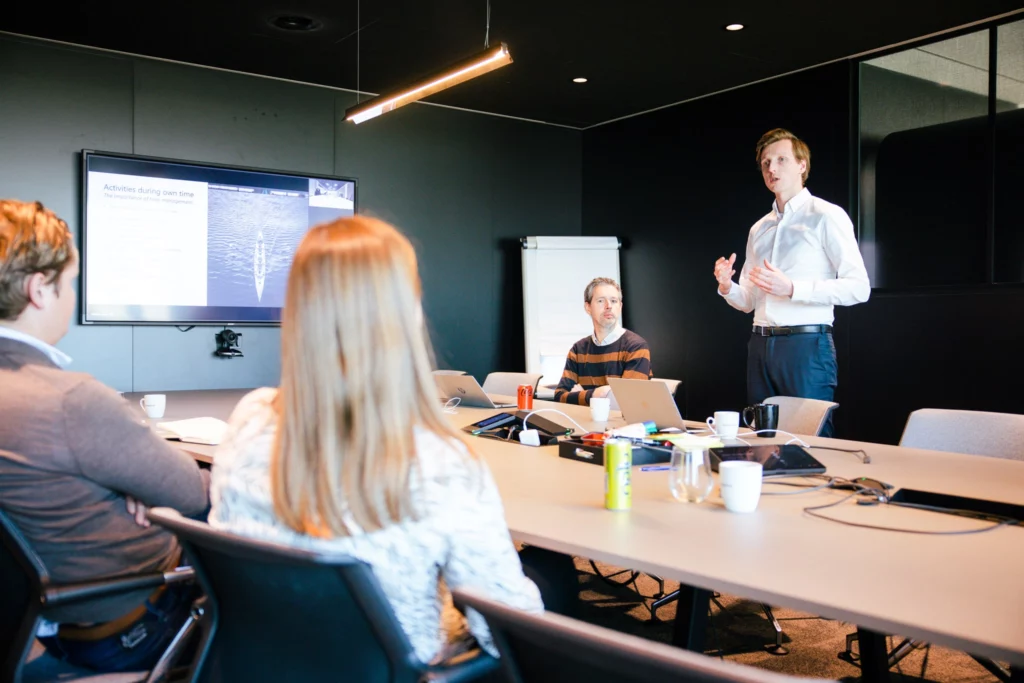
Fortunately, I grew up in Belgium, the land of compromise. Reaching many compromises was necessary due to the divergent views and ultimately led to a shared future image. We captured this image in the so-called Target Operating Model, which describes the desired process, department, and system configuration (see Figure 1):
- Process design: Describes the desired process for serving customers optimally and reducing costs. The process forms the basis of the Target Operating Model.
- Departmental design: Describes the competencies, skills, and experience of the employees needed to perform the process.
- System design: Describes the systems and resources needed to execute the process.
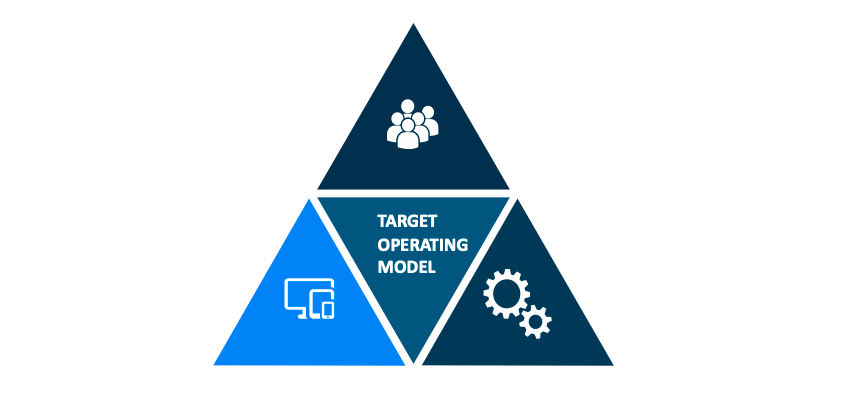
Growing Pains
With the foundation laid, the construction of the future organisation could begin. This included designing the process and teams and training employees.
In this phase of the project, we worked more closely with the people on the shop floor. For me, this was a fun phase as it gave me insight into translating from paper to practice, in other words, implementing the TOM. It was interesting to experience how it was received by the employees. The employees received the TOM well, but also indicated that they were not eager for more changes.
Both organisations had undergone multiple mergers and acquisitions in the past, which obviously had a significant impact on the employees. Once again, new employees had to be trained, and their own way of working was upended. It was somewhat logical that employees were not enthusiastic about changing the process, developing new work instructions, giving training, and adapting to the changes.
Due to these experiences, the adaptability of both organisations was limited. I must admit that I was certainly concerned about the success of the integration. The willingness and ability of employees to embrace change are essential for a successful integration.
To guide this ‘soft side’ of the change, we opted for an individual approach and took the time to discuss and understand employees’ frustrations. Walk-in hours and personal conversations were best suited for this. The individual attention, combined with a few key employees who acted as ambassadors, created more support and a sense of unity.
In addition to the soft side of the change, it was important to develop, test, and set up a large number of components before the new organisation could go live. Creating IT requirements, documenting processes, performing risk analyses, and setting up teams are just a few examples.
From drafting the advisory request to setting up quality controls, the to-do list continued to grow, and looking back, I may have underestimated what is needed to successfully merge two organisations.
Happily ever after
After hours of meetings, hard work, and – let’s be honest – quite a bit of stress, the big day arrived on January 3, 2021. The legal merger had been completed and the organisations were now working together under the same flag. It was an exciting moment, where everything we had worked towards was put into practice.
It was very satisfying to see that the new organisation was ready for the change and that the employees quickly got the hang of the new way of working.
At this stage, the main challenge was to eliminate the last bit of resistance. While we were successful with the vast majority of employees, I would be wearing rose-tinted glasses if I were to say that all employees are on board with the integration. Looking back, we might have been able to do more to help these employees. Or maybe it’s unrealistic to think that you can make everyone happy and keep them that way.
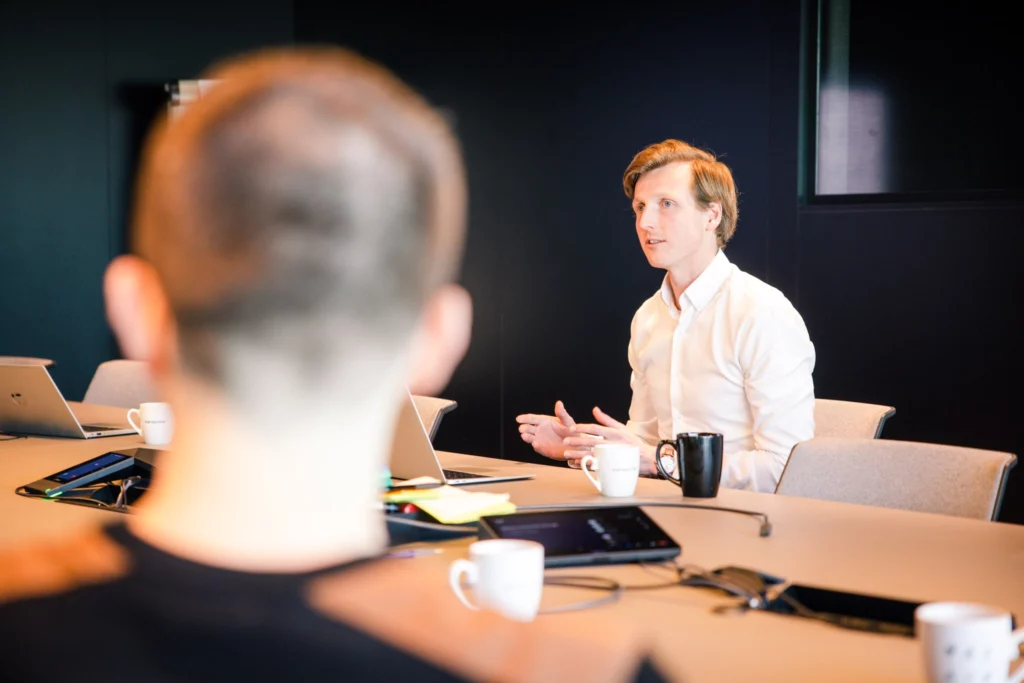
Despite the enormous differences between the organisations, change fatigue, and the new way of working due to Covid, we managed to complete the integration. The employees have been trained, the process has been established, and the organisation has been prepared to serve its customers as well as possible. Looking back, it’s a tremendous achievement that brings a lot of satisfaction.
For me personally, it was a very beautiful journey. It was a huge task, and I had no idea how big it actually was beforehand. That’s why I’m proud that we managed to (with a few bumps along the way) have set up the organisation for the years to come.
About Projective Group
Established in 2006, Projective Group is a leading Financial Services change specialist. With deep expertise across practices in Data, Payments, Transformation and Risk & Compliance.
We are recognised within the industry as a complete solutions provider, partnering with clients in Financial Services to provide resolutions that are both holistic and pragmatic. We have evolved to become a trusted partner for companies that want to thrive and prosper in an ever-changing Financial Services landscape.
